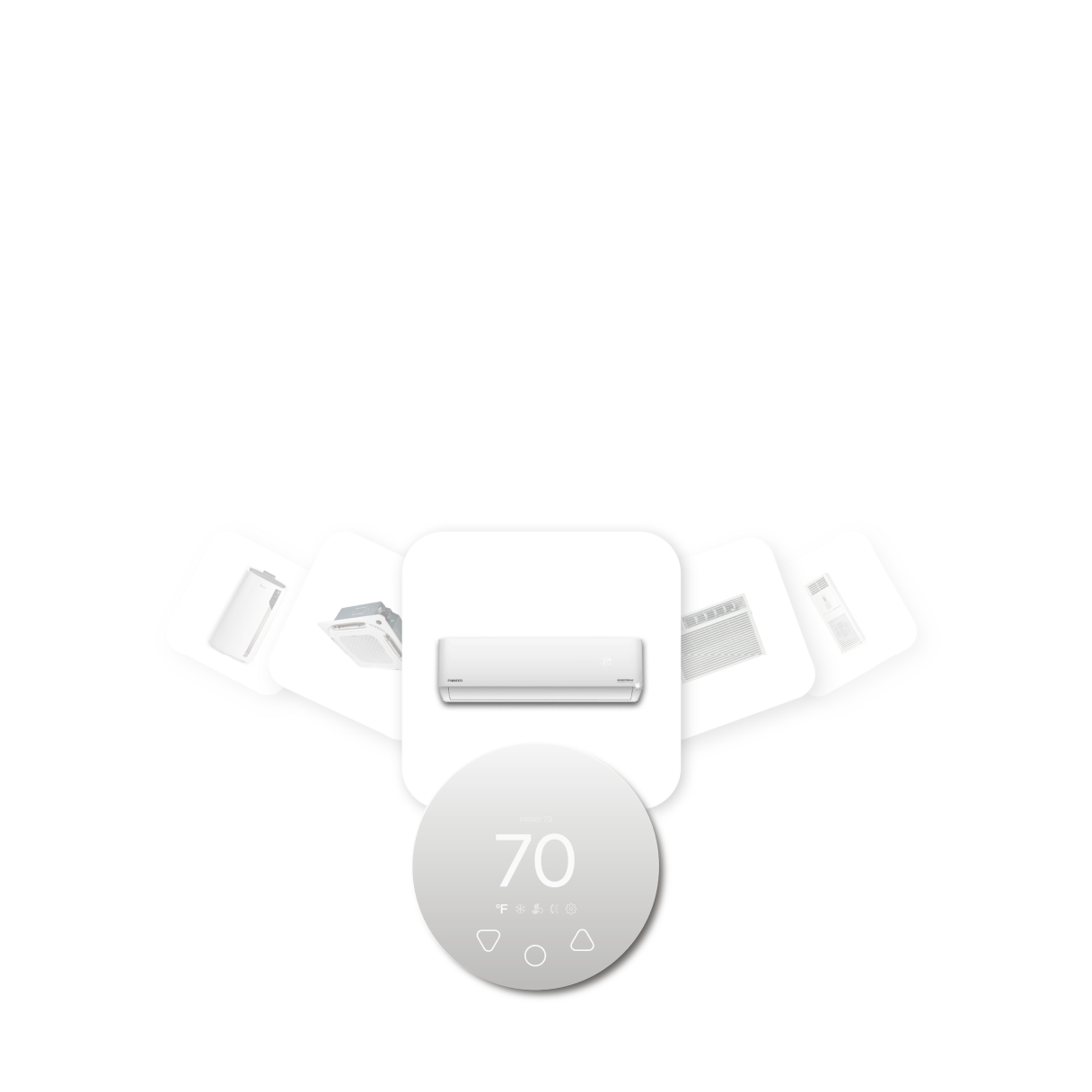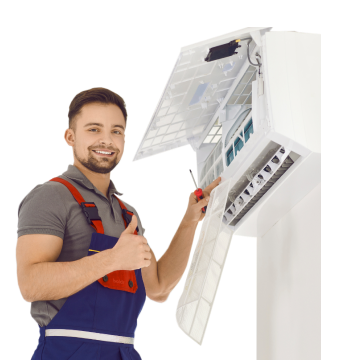
Infrared heating radiates heat evenly into the room, warming you directly. It is excellent for thermal comfort, reducing carbon emissions, and saving money. Infrared heating is now a well-established technology that allows homeowners and renters to turn down their thermostats without sacrificing comfort. Every degree you turn down your thermostat saves you up to 13% on energy bills.
This article will discuss how infrared heating works and benefits homeowners and renters.
What is Infrared Heating, and how does it work
Infrared heaters are an electric form of heating that relies on radiant heat instead of convection to heat a room. While some people have not experienced infrared heaters, the concept of infrared heating is more familiar than you might imagine. Infrared heating is used in infrared saunas, heating lamps and it is the way in which the sun heats the earth. Unlike traditional convection heaters, infrared heaters do not depend on air movement to heat a space. There are several advantages to this, including that the room heats up faster, energy bills are lower and air quality is better.
Infrared heating can be used as a modular one-room solution, or a whole-house heating system. A whole house heating system would comprise infrared wall panels that are sized correctly and installed in each room where you require heating. Infrared heaters respond in seconds and heat you directly, so you can walk into a room, turn it on, and feel warm almost immediately, wherever you are in the room.
As building standards improve, newly built houses require less heating and benefit from zonal heating. Homes built to benchmark Passivhaus standards usually have a small heater in the living area where people sit relaxing for long periods and in bathrooms where people often have fewer clothes on.
Older houses are also suitable for coordinated infrared heating. However, the most significant financial opportunity in these older houses lies for householders replacing central heating or electric storage heating with efficient radiant infrared solutions.
Infrared vs. Other Methods
Infrared is super-responsive, so you don’t have to set a timer to turn the heating on half an hour before you wake up or arrive home, as you would with radiators. Equally, they stop producing heat when you turn them off, so if you feel too warm, just switch it off, and almost immediately, it stops emitting heat, so there’s no need to open windows or leave the room.
Traditional heating methods, such as central heating systems with radiators or convection room heaters, rely on heat transfer by convection, which means they heat the air rather than the person directly. The heat output of these systems is affected by existing air currents and draughts, as well as causing additional air currents because hot air rises. As a result, the top of the room becomes warmer than the bottom, with people feeling cold at their feet and ankles, experiencing draughts and cold parts of the room.
There has been a recent trend for wood-burning stoves in some European countries, which are aesthetically pleasing due to the flames and the powerful heat, which can be enjoyable in draughty old houses. Still, modern homes quickly overheat and suffer the risk of carbon monoxide poisoning, which renders them less favourable.
Other modern technologies include Air Source and Ground Source Heat Pumps, which improve the efficiency of a piped heating system with radiators or underfloor heating by using ambient air or ground temperature. Both are much more expensive to install than infrared heaters and require more maintenance. They both rely on convection heating, leading to uneven room warmth and potential overheating in new houses due to slow response times.
Biomass boilers have also become more prevalent in some parts of northern Europe, supported by green government tariffs. Still, it is expensive to install, maintenance intensive, and still requires the processing and burning of wood, however efficiently this is managed.
Infrared heating is efficient, responsive, requiring less electrical input, cheap to install and maintain, and offers savings, either as the sole heating method or in addition to reducing the use and expense of an existing heating system. In addition, as a highly efficient electrical heating method, it becomes more eco-friendly as the electricity grid improves or even cheaper once you install solar panels with a battery.
Ease of Installation
The installation of a full-house infrared heating system or single-room heater is low-cost and low-impact compared to any other heating system. A single heating device can be simply plugged in, and a full-house system needs a power supply and four screws to fix each heating panel to the wall.
Infrared heating systems are easily adaptable to changing household circumstances, for example, installing an additional heating panel to a converted loft or house extension. In addition, when your infrared panels eventually need replacing, or if you decide to upgrade, they can be easily swapped out, and the old ones used elsewhere or recycled.
Use as Additional Heating
Unlike most heating systems, infrared heating panels are well-suited to install alongside existing heating systems or as the sole heating system. This means they can complement an existing system by reducing the occupant's reliance on the fuel required. This can be particularly useful when the current system uses a fuel that is in short supply or subject to price fluctuation, such as heating oil, LPG, or gas.
Zero Maintenance
All other heat systems degrade if they're not properly maintained. Radiators become less efficient year after year unless the fluid is replaced. Infrared heating panels are a stark contrast in that they do not need maintenance. If a fault occurs, infrared panels are easily removed for inspection on-site or off-site.
Health Benefits
Infrared heating avoids condensation and mould, which are associated with all forms of convection heating. Convection heating from radiators and room heaters causes air currents and differences in air temperature within a room, so some parts of the walls or ceiling will be cooler. When warm air touches a cold surface, moisture in the air forms condensation. Where there is condensation, there is mould, sadly affecting the health of millions of people in Britain alone. Infrared emits even heat through radiation and dries the walls evenly.
Infrared warms your body through, whereas convection heating warms the air around you. This improves blood circulation, enhancing oxygen and nutrient distribution in the body. This can have various positive impacts, including a reduced tendency for muscle cramps, inflammation, and improved comfort and sense of ease. In houses with central heating, you may be aware of dry skin caused by the movement of warm air over the skin.
Dust is the leading cause of allergies in the home, and dust is lifted and moved in the air by currents caused by convection heating. Infrared heaters don’t cause air currents and therefore avoid this effect.
Cleaner heating in your home means fewer emissions outside your home. Now, multiply that by the number of houses in your town or city. By using infrared heaters, we avoid burning gas, wood, and coal that emit greenhouse gases and particulates into the air surrounding our homes. Cumulatively this reduces air pollution in our local environment. Beyond this, by reducing carbon emissions, we collectively reduce the risk of extreme weather events, which have a long-term health impact on a global scale.
Infrared and the Environment
As governments increasingly engage with sustainable, adaptable, and intelligently coordinated technologies, infrared heating will allow us to finally step away from fossil fuels that simply need to stay in the ground. In addition, our grandchildren will look back on our fuel-burning convection heating systems with amusement and amazement.
Houses across the global north have been heated by burning fossil fuels directly or using electricity generated through coal-fired power stations. A hundred years ago, open wood and coal fires gave way to hazardous gas or early electric room heaters, and the ’60s saw the mass uptake of central heating with piped hot water or electric storage heaters.
In Europe and North America, we still rely heavily on gas-fired central heating systems, which are polluting and increasingly expensive. In addition, the use of gas involves dependence on international pipelines and trade, which incorporates risk due to geopolitical dynamics.
Pairing with Solar + Battery
Install solar panels and a battery to heat your house with no operational greenhouse gas emissions. In winter, solar panels still produce electricity, and any excess electricity is stored in the battery for use after dark. If you have a large roof for an extensive rooftop solar system or a well-insulated house, you can fulfil your heating needs without any grid energy or other heating fuel. Even if you can’t, you will still make savings long-term and cut your greenhouse gas emissions immediately.
The Energy Grid is Becoming Greener
Infrared is electric and 100% efficient. The energy grid is greener year on year as more electricity is produced by wind, solar, and other renewable generation, while grid energy storage develops in the form of batteries, hydrogen, and pumped reservoirs. Under The Paris Agreement coal and gas power stations are gradually being phased out, with most governments now having specific zero-emissions targets to meet. In addition, almost all energy suppliers now offer green energy tariffs so you can compare the market to choose a competitively priced green tariff.
The Global Shift to Electric
Electricity can be generated using renewable energy sources, and as electricity storage becomes more practical and affordable, the global shift from fossil fuels to electricity is being enacted by governments around the world in the form of legislation and regulation.
Infrared heating is suitable and flexible to heat houses of all sizes using electricity, with positive health impacts too. In addition, infrared heating is well-suited to commercial and industrial premises and processes, and so infrared technology represents a key tool to this global shift to electric.


















